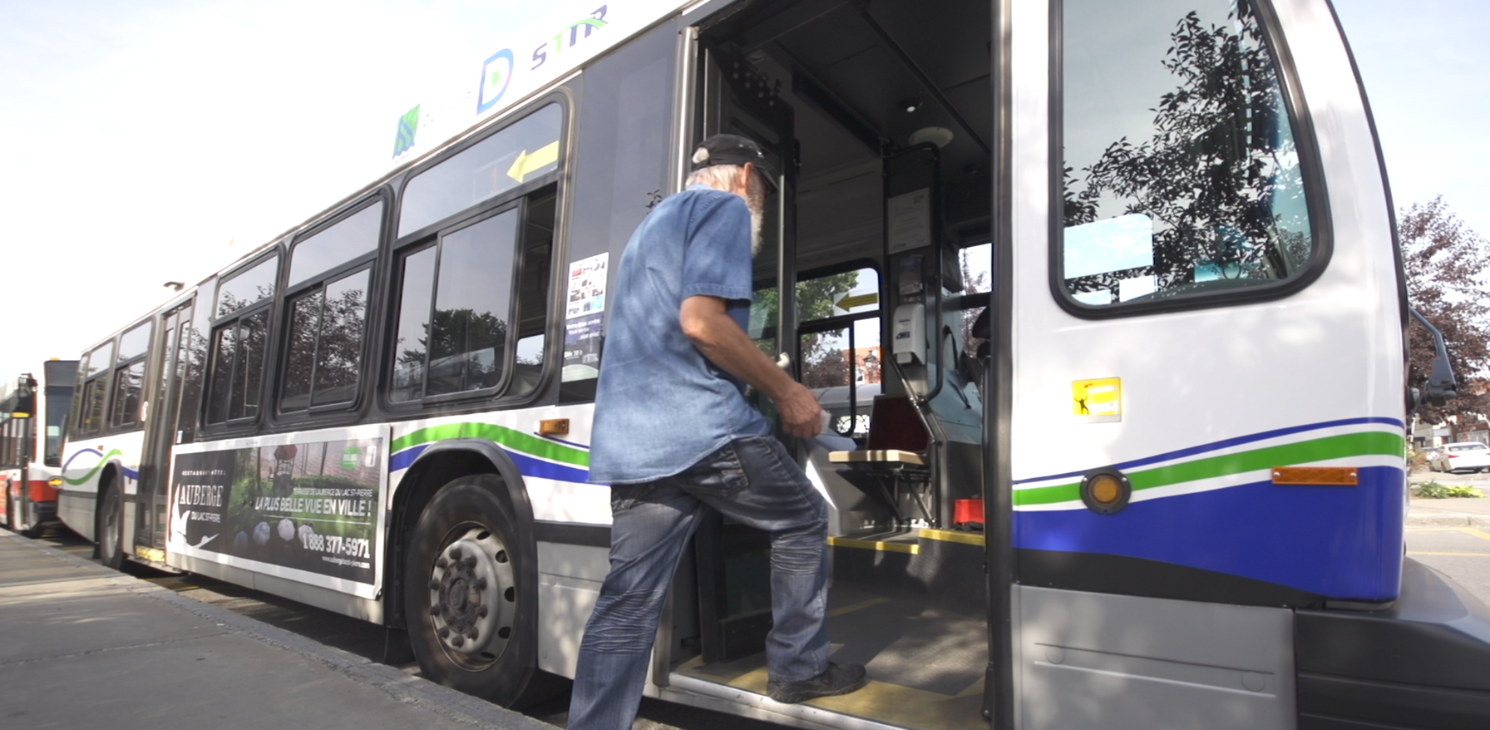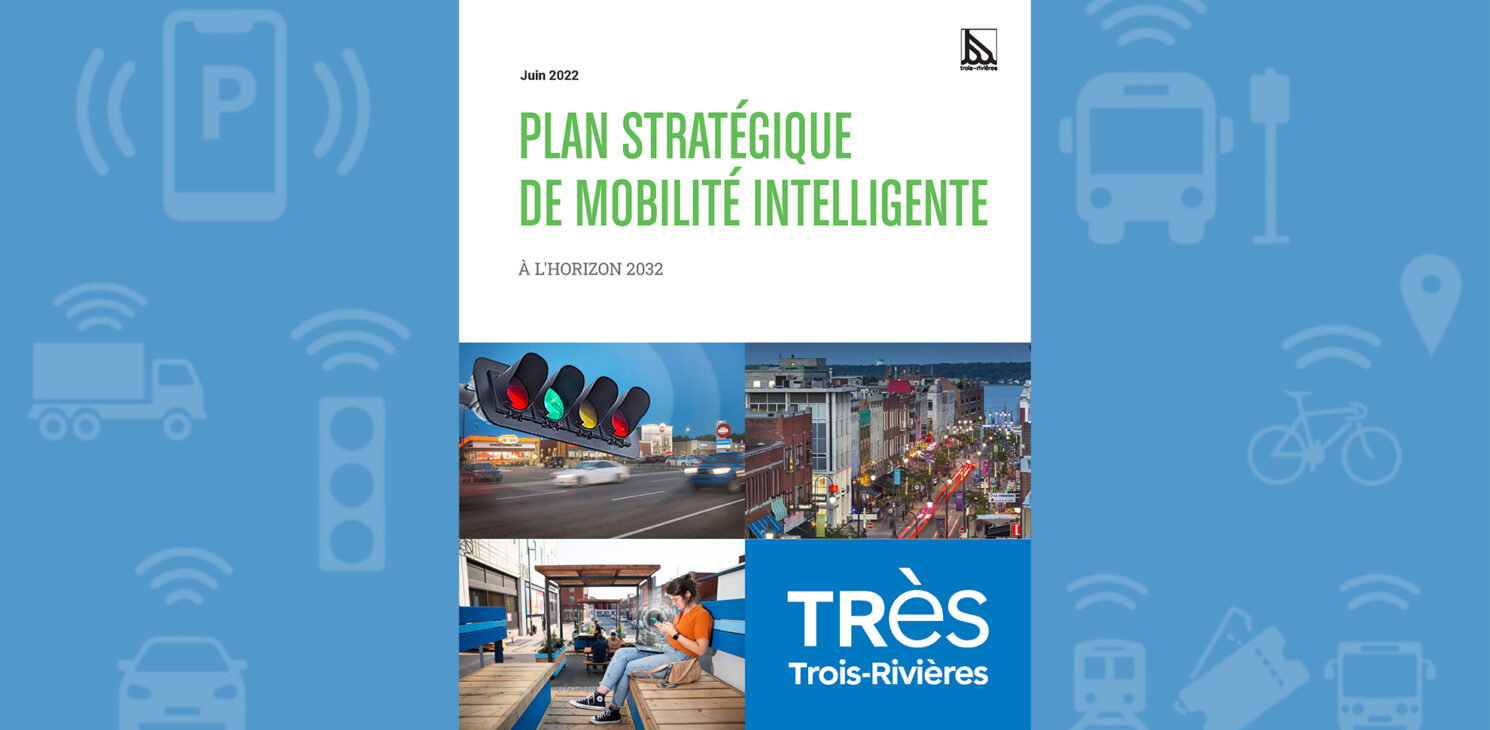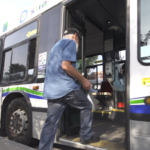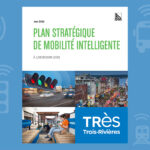Positioning Trois-Rivières advantageously in the forefront of Québec cities in terms of mobility, the Intelligent Mobility Strategic Plan not only enables the implementation of concrete actions that facilitate public mobility, but it also lays a foundation for the digital transformation of the City into an intelligent community.
CIMA+ consolidated the needs identified by the ITS working committee established by the City, and was involved in the development of the strategic plan adopted by the municipal council in 2022. This plan, which runs to 2032, is aimed at defining the implementation strategy for intelligent transportation systems (ITS) for the purpose of supporting the growth of the City and its transportation networks.
The CIMA+ team began by reviewing the various planning documents of the Ville de Trois-Rivières with a view to proposing a strategic plan that is consistent with them. Similar documents for municipalities in Québec, the rest of Canada and elsewhere in North America were also consulted. In particular, Ville de Trois-Rivières adopted the five strategic directions developed by Ville de Montréal, including the desire to rely on an open and standardized architecture and to avoid proprietary lock-in.
CIMA+ also created a portrait of the existing situation that highlighted the challenges related to mobility and the City’s existing practices. In addition to the needs identified during the consultation process that was previously conducted by the City, these findings helped to define the mobility needs and objectives specific to intelligent transportation systems.
CIMA+ and the City then identified twelve ITS initiatives aimed at providing safe, sustainable, efficient and equitable mobility for all users. These projects were documented by means of technical files that include a project description, the list of stakeholders, costs, ancillary projects and the applicable solutions based on ITS architecture in Canada, harmonized with the Architecture Reference for Cooperative and Intelligent Transportation (ARC-IT). One of these projects involved the prioritization of commercial vehicles and the creation of an integrated mobility management centre.
The plan also includes a section related to the deployment of these ITS projects, including the project-interdependency matrix and a schedule for the projects. The action plan concludes with a section related to long-term ITS projects, which includes the list of success factors for implementation and evolution of the plan, a list of longer-term projects (post-2032) and some elements mentioned by the City in connection with the concept of intelligent community.
It is also worth noting that CIMA+ prepared the graphic design for the public document.





